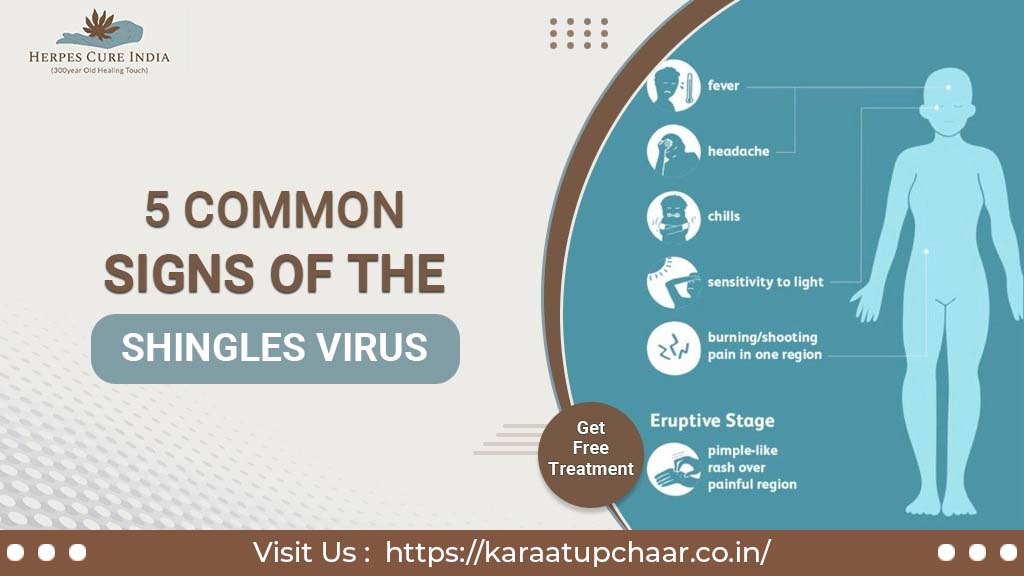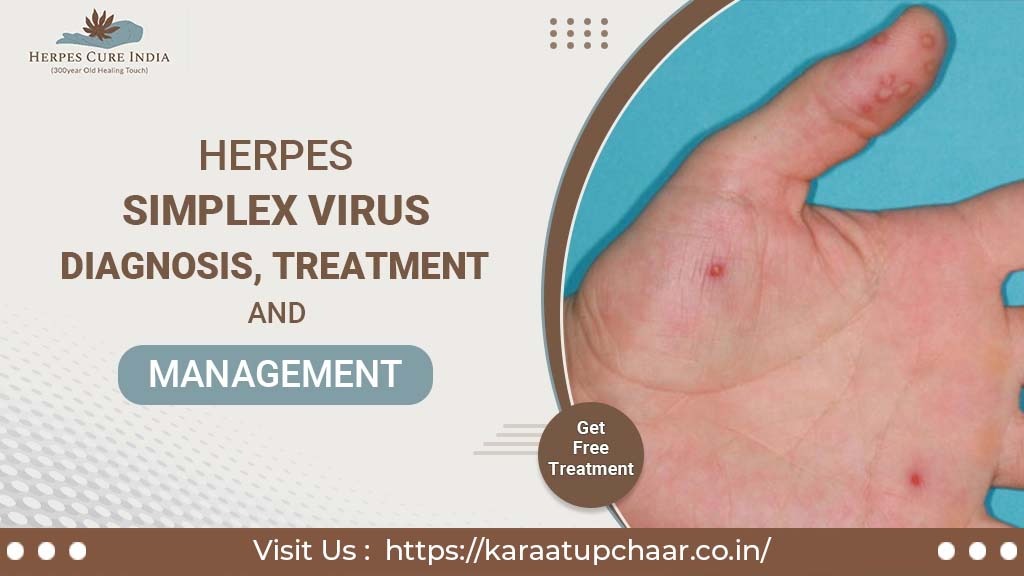
Causes of Herpes Shingles Virus
The two types of herpes simplex virus (HSV) are HSV-1 and HSV-2. Although HSV-1 may also cause genital herpes, it is more often transmitted via direct oral contact, resulting in oral herpes (characterized by cold sore symptoms). Genital herpes, on the other hand, is an STD caused by herpes simplex virus type 2 (HSV-2).
According to the World Health Organization (WHO):
More than two-thirds (67%) of the world’s population under the age of 50, approximately 3.7 billion people, have HSV-1 infection.
An estimated 491 million people worldwide, or 13%, aged 15–49 are infected with HSV-2.
Herpes symptoms include painful blisters or ulcers that may recur over time. However, the vast majority of HSV infections cause no noticeable signs or symptoms. People with HSV-2 infection are at higher risk of acquiring and transmitting HIV.
What are the Causes of Herpes?
Herpes is caused when one of the herpes simplex virus enters the body through a cut or scrape and moves through the nerves. When this virus becomes active, it may cause sores to appear on the skin.
Herpes viruses can spread through contact with open wounds or cuts in the skin, or by entering the body through the mouth, vagina, penis, or anus.
Cold sores are a common symptom of herpes simplex virus type 1 (HSV-1) infections, which often affect the mouth and lips. Type 1 herpes may be spread through various means, including:
- Intimate actions
- Kissing and oral sex
- Cuddling
- Sharing objects with an infected person (e.g., towels, toothbrushes, or food)
Blisters caused by herpes simplex virus 2 (HSV-2) may appear anywhere on the body, including the mouth, genitalia (vagina, vulva, cervix), penis, scrotum, buttocks, and anus. Sexual contact is the primary transmission route for herpes type 2, including:
- Intercourse
- Oral sex
- Anal sex
- Sexual contact with a person who is herpes-positive
- Exposure to contaminated sperm or cervical secretions
- Asymptomatic Infectious Individuals
Even though herpes is most contagious when open sores, or ulcers, are present, it can still spread even when there are no visible sores, a condition known as asymptomatic shedding. In other words, the virus can spread even if there are no visible signs of it.
Herpes is always contagious, even in the absence of symptoms, because there is no way to know if the virus is shedding without symptoms. Reinfection is a risk if someone touches a sore and then scratches or rubs another area of skin on their body.
Women infected with HSV-2 may transmit the virus to their infants during vaginal birth, with the risk being higher if the mother recently contracted the virus.
Ways Through Which the Dormant Virus Gets Triggered
Many people who are infected with the herpes virus at an early stage, or who are asymptomatic, have a high chance of the virus remaining latent for long periods. A herpes outbreak can be triggered by any of the following causes of herpes:
- An infection, disease, injury, or physical stress
- Persistent emotional stress or distress lasting more than a week
- General illness (ranging from mild illnesses to serious conditions)
- Immunosuppression as a result of conditions such as AIDS
- Use of medications like chemotherapy or steroids
- Fatigue
- Sexual activity or trauma to the affected area
- Menstruation
What are the causes of Herpes Outbreak?
The HSV virus initiates the process of viral replication after entering the nucleus of an infected human cell. Even if your cells have been infected, it is quite unlikely that you will have any symptoms at this stage.
During the first stage of infection, the virus travels through nerve cells to areas known as ganglia, which are nerve-branching regions. The virus will remain dormant at this site, neither reproducing nor showing any signs of its existence during this time.
Sometimes, the dormant virus becomes active again (due to the causes of herpes mentioned above), restarting the replication process. When this happens, the virus travels back to the surface of the skin via the nerve, leading to the death of many infected skin cells. This results in blistering, and when these blisters break open, they turn into sores or ulcers known as cold sores or genital herpes.



